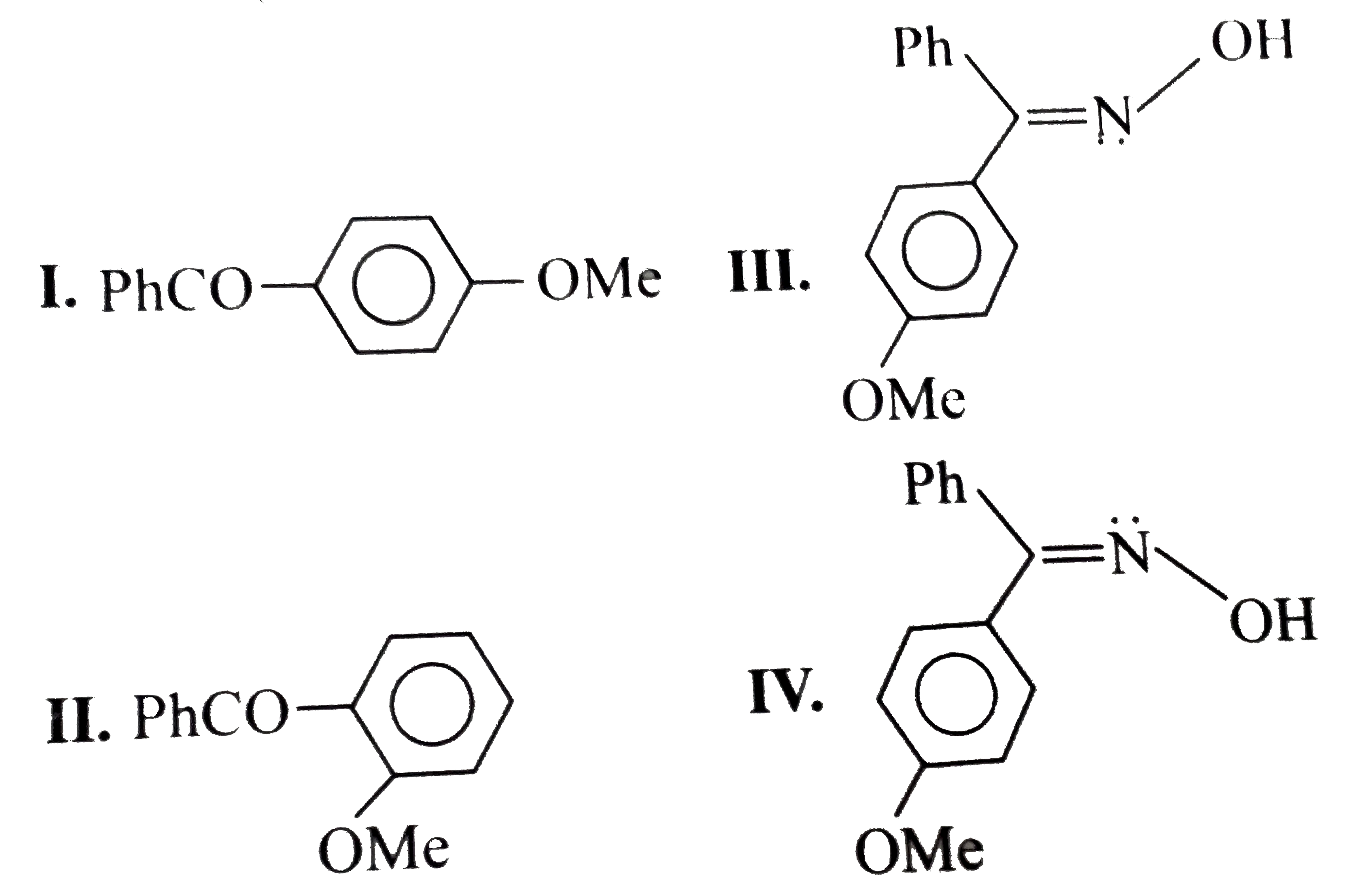
H3O⊕−−−→A+B . Compound (A) & (B) can be differentiated by :
A
2-4 DNP
B
Fehling solution
C
Lucas reagent
D
NaHSO3
Video Solution
Text Solution
The correct Answer is:B
(b) A=CH3−CH2−CHO obtained by hydrolysis of ether.
B=CH3−O∣∣C−CH3 obtained by hydrolysis of ether .
Fehling is used to differentiate aldehyde and ketone .
|
Updated on:21/07/2023
Topper's Solved these Questions
- BOOK - MS CHOUHANCHAPTER - ALDEHYDES AND KETONES EXERCISE - Level 1 (Q.121 To Q.150)1videos
ALDEHYDES AND KETONES
- BOOK - MS CHOUHANCHAPTER - ALDEHYDES AND KETONES EXERCISE - Level 27videos
ALDEHYDES AND KETONES
- BOOK - MS CHOUHANCHAPTER - ALCOHOLS FROM CARBONYL COMPOUNDSEXERCISE - Additional Objective Questions (Multiple Correct Choice Type )1videos
ALCOHOLS FROM CARBONYL COMPOUNDS
- BOOK - MS CHOUHANCHAPTER - ALDEHYDES AND KETONES I. NUCLEOPHILIC ADDITION TO THE CARBONYL GROUPEXERCISE - ADDITIONAL OBJECTIVE QUESTIONS (SINGLE CORRECT CHOICE TYPE)17videos
ALDEHYDES AND KETONES I. NUCLEOPHILIC ADDITION TO THE CARBONYL GROUP
Similar Questions
Knowledge Check
- Question 1 - Select One or More
 , O3/Zn,H2O−−−−−−−→(X)+(Y)
, O3/Zn,H2O−−−−−−−→(X)+(Y)
Compound (X) and (Y) can be distinguish by :ATollen's reagentBFehling solutionCHaloform testD2,4-DNP Test - Question 2 - Select One
CH3CIKCN−−→(A)H+/H2O−−−−−→(B)
The compound (B ) in above reaction is :ACH3NH2BHCOOHCCH3COOHDCH3COCH3 - Question 3 - Select One
CH3−O∣∣C−H and Ph−O∣∣C−H can be differentiated by :
ATollen's reagentBFehling's solutionCLucas reagentDVictor meyer's test
Ph−O∣∣C−CH3NaNO2−−−−−→HCl(A)AC2O−−−−−→heat(B)H3O+−−−→(C)
Product (C) of the above reaction is :View SolutionAcetone HCN−−→(A)H3O+−−−→(B). In the above sequence of reaction A and B are :
View SolutionCH3−O∣∣C−CH3 and CH3−O∣∣C−H is differentiated by:
View Solution(A)C5H10OH3O⊕−−−→B+C, (B) and (C)both give +ve iodoform test. compound (A) is :
View SolutionKetone (A) NH2OH.HCl−−−−−−−−→ (B) H⊕−−→

The ketone (A) and compound (B), respectively, are:
Ketone (A)
I.
Compound (B)View Solution

